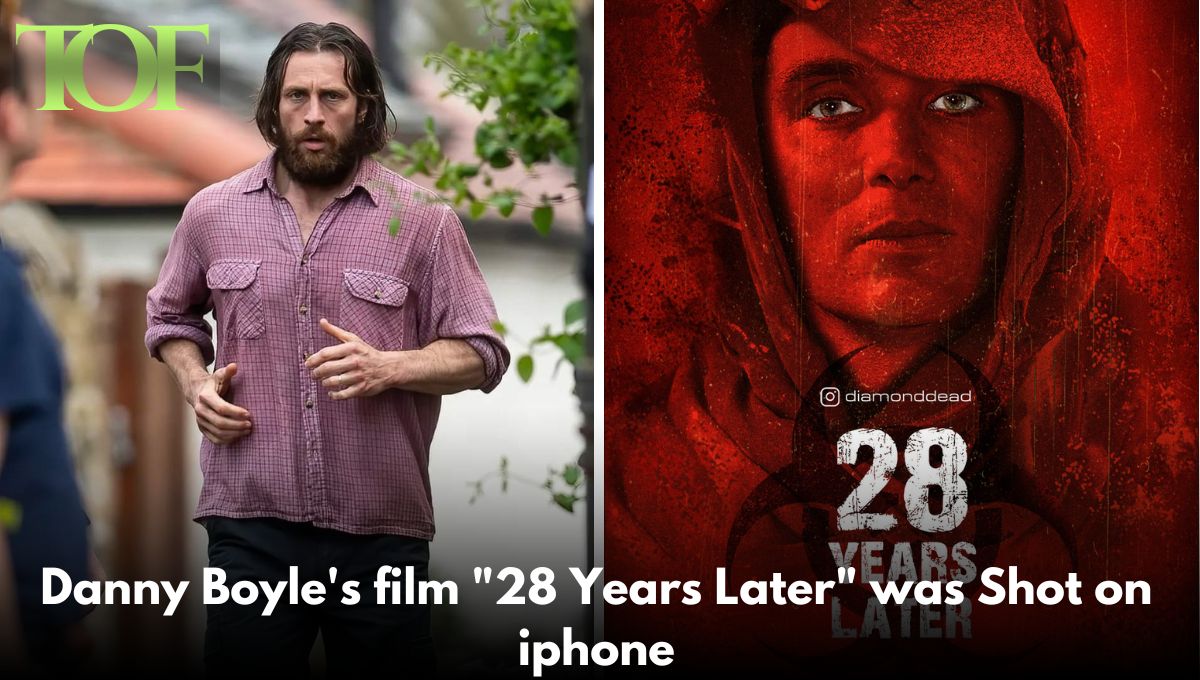Director Danny Boyle is making history with the much-awaited film 28 Years Later, to be released in June 2025. It will be the costliest ever movie shot on a smartphone, with a production cost of $75 million. Sources close to the production recently revealed that the Hollywood thriller, which features Jodie Comer, Aaron Taylor-Johnson, and Ralph Fiennes, was mainly filmed using specially designed iPhone 15 Pro Max devices.
This experimental approach, however, is not Boyle’s first foray into digital filmmaking. His 2002 film, 28 Days Later, was one of the first big-budget Hollywood productions to use digital cameras, specifically the Canon XL-1. The movie reset the standards of what the zombies were, thereby making them fast and terrifying. Since then, this template has been followed.
Boyle and longtime collaborator, cinematographer Anthony Dod Mantle, who both worked on Slumdog Millionaire and 127 Hours, were very enthusiastic about testing some of the newer camera capabilities of modern smartphones. The use of iPhones was classified and the team members had to sign a nondisclosure agreement. Still, it was kind of an open secret, considering a paparazzi shot of Comer filming a scene with what looked like a high-end camera system, proved to be an iPhone.
Certainly, in a somewhat way, this choice was very much motivated by the adoption of the use of ProRes video format and log color profile on iPhones, which will allow for great flexibility in post-production, but deliver high cinematic quality. This is a reflection of a greater trend because filmmakers experiment with non-traditional equipment, so they forge the notion that only professional-grade cameras are required to achieve Hollywood-ready results.
The first 28 Days Later was a sleeper hit, grossing $84.6 million on a budget of a mere $8 million, and remains a cult classic. A return of the franchise with 28 Years Later is part of a new trilogy written by Alex Garland, who reunites Boyle and Mantle. Plot details are so far unrevealed, but given the state-of-the-art technology mated with the creative team of the first film, the expectations for this movie’s release are high.
Sony will profit from the trilogy after the company wins the right to distribute it in a highly competitive bidding war. The unique methods of production used in making this film, and the continued draw of the 28 Days Later franchise, will benefit the film’s producing studio. Fans of the series, and everyone who is into gadgetry, are looking forward to the product that might even set a trend standard in mainstream cinema for smartphone filmmaking.
To Read More: Entertainment

